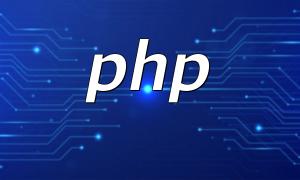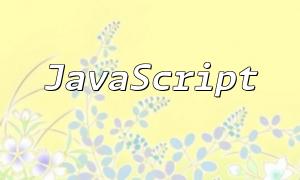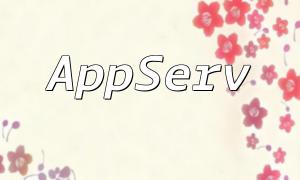In today's digital age, content publishing and management have become especially important. **Gutenberg**, as WordPress’s new editor, provides developers with an entirely new way to build and design websites. With the concept of blocks, Gutenberg makes it more flexible and efficient to apply in PHP. This article will explore Gutenberg’s application in PHP and explain how to use this powerful tool to optimize web content.
The Gutenberg editor is a revolutionary feature introduced in WordPress 5.0. It uses a block-based editing system, unlike the traditional WYSIWYG (What You See Is What You Get) editor. With Gutenberg, users can create rich content by dragging and combining different content blocks. This method not only enhances the user experience but also increases the customizability of web pages.
In Gutenberg, all content is viewed as individual blocks. These blocks can include text, images, videos, audio, or any other content format. Each block can be independently styled and configured, making content management more flexible.
In WordPress themes or plugins, developers can use PHP interfaces to interact with Gutenberg. Below is a simple example showing how to register a custom block in a PHP file.
To make the most out of Gutenberg, developers should follow some best practices when using it in PHP:
SEO is a critical factor when creating content. While using Gutenberg, you can optimize your content by following these steps:
The introduction of Gutenberg offers PHP developers a fresh platform, bringing endless possibilities for content creation and management. By using custom blocks properly and following the best practices mentioned above, developers can enhance both user experience and SEO optimization. Whether for personal websites or business sites, Gutenberg is a powerful tool that makes content publishing more efficient and flexible.









